The Black She Oak is found in coastal forests and grows to 10m on well-drained sandy soils, which makes it ideal for gardens in Marcus Beach.
This is a perfect small tree for a naturalistic native garden. The blue-green fine foliage also makes a pleasing backdrop for feature plants. Or if you have space, plant a She Oak grove. The evening light shafts and the noise of the wind through the foliage in a She Oak grove are something really special.
Black She Oaks are a source of pollen for bees, and the seed contained in the woody cone is the preferred food of the Glossy Black Cockatoo. If you are lucky enough to have a feed tree in your garden consider it a real privilege. These beautiful birds will visit each year.
A garden design tip from nature: Combine blue-grey coloured foliage with bright green (Bribie Island Pine).
Did you know?
The Allocausina littoralis is dioecious which means that male and female flowers are on separate plants. The tiny orange male flowers, borne between April an October give the tree a brown tinge which is sometimes mistaken for die back.
Male Black She Oaks on the Marcus High Dunes. The tiny orange flowers make the tree appear brown
Close up of flowers on the male tree
Glossy Black Cockatoos will feed in particular trees while ignoring the fruit on trees nearby. Once they identify a preferred feed tree they revisit it in subsequent years, even bringing their offspring. Researchers are not sure why the birds prefer one tree to another, but they estimate that Glossies only feed on one in one hundred female trees. Little wonder they are endangered and nick named Fussy Glossies.
A Glossy Black family visited this feed tree each year until the tree died in 2013.
A possible replacement feed tree in a nearby garden? If it is a ‘female’, there is a one in one hundred chance. The bird bath is ready, and will be appreciated by other birds, if not Glossies soon enough once the A. littoralis grows sufficiently to provide a safe haven for them.
This article is part of our Gardening with natives series.

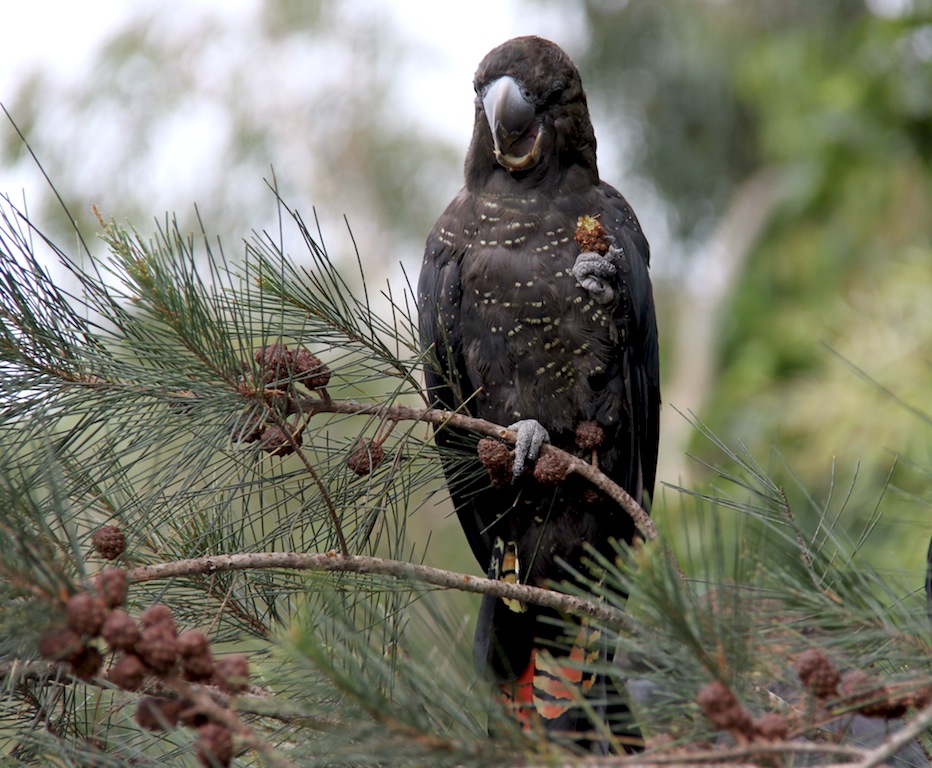
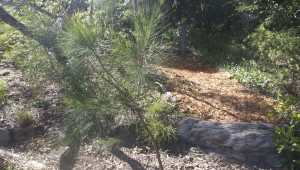
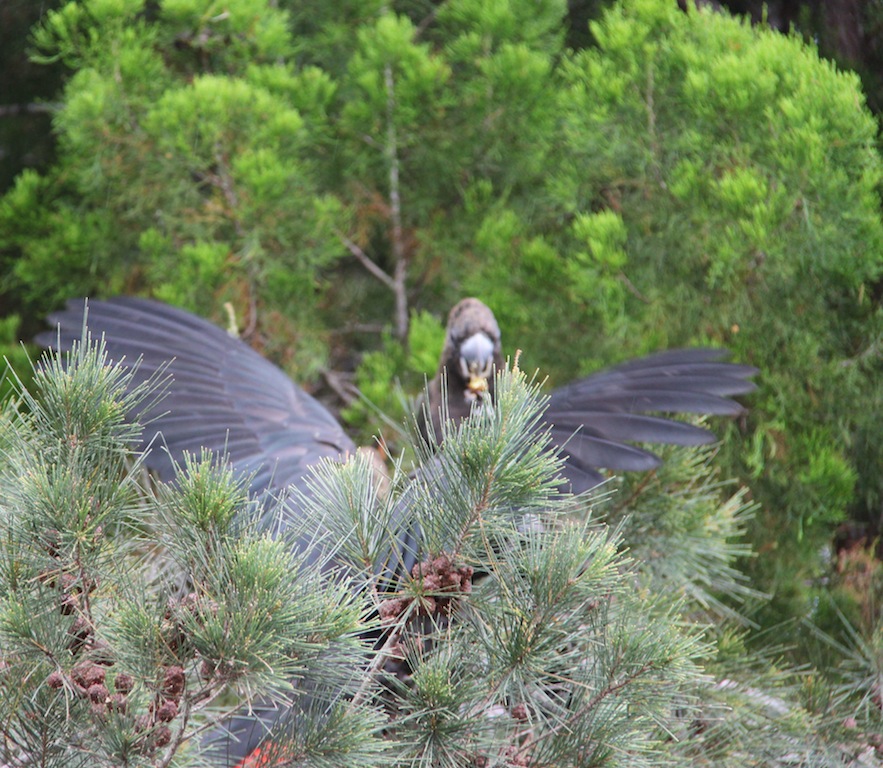

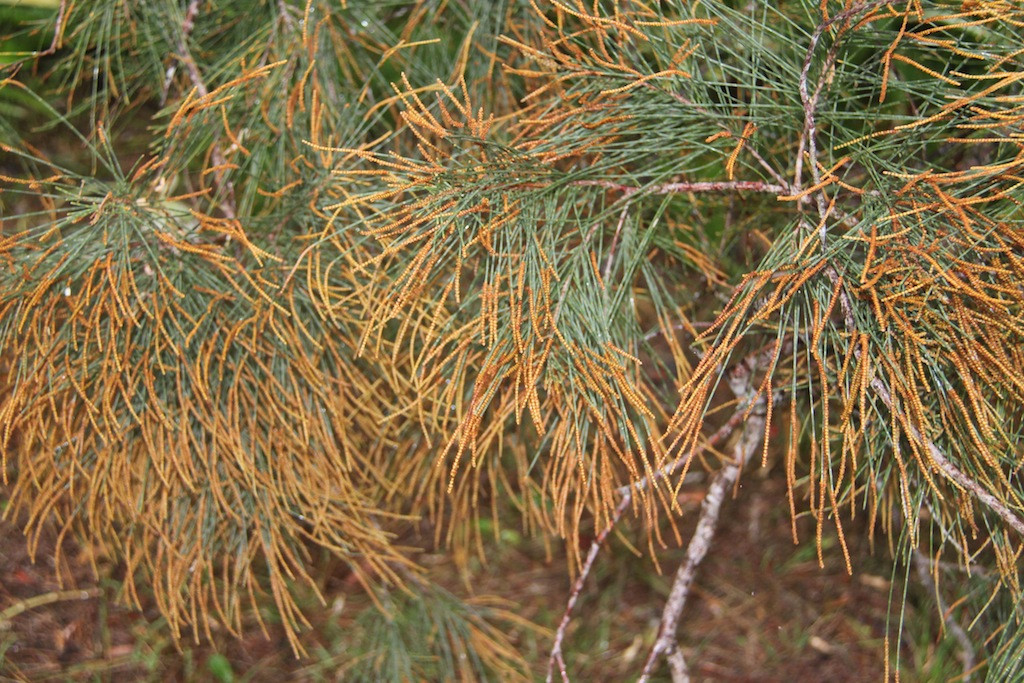

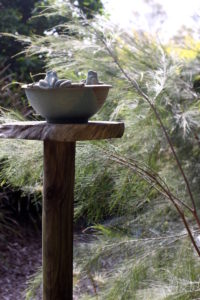
Hello Judy and a happy New Year,made even more so by my 1st visit to your site.
along with the A.Lit. she oak, the Glossies also like the beach zone Casuarina Equirsetifolia,which have been planted out in Sunrise Beach as street trees,and in one instance in Defender Court,Gb’s have been coming to feed on the same tree,for 20 years.
Cheers,and hope to see you at the Strategy meeting.
Bob